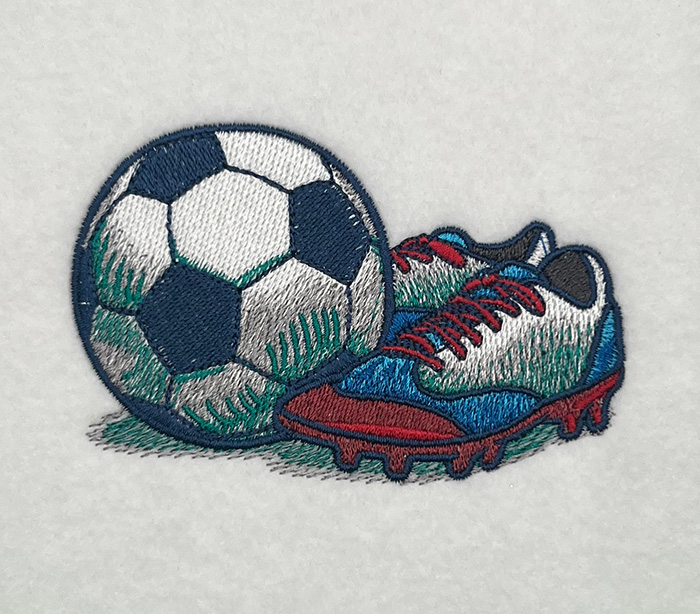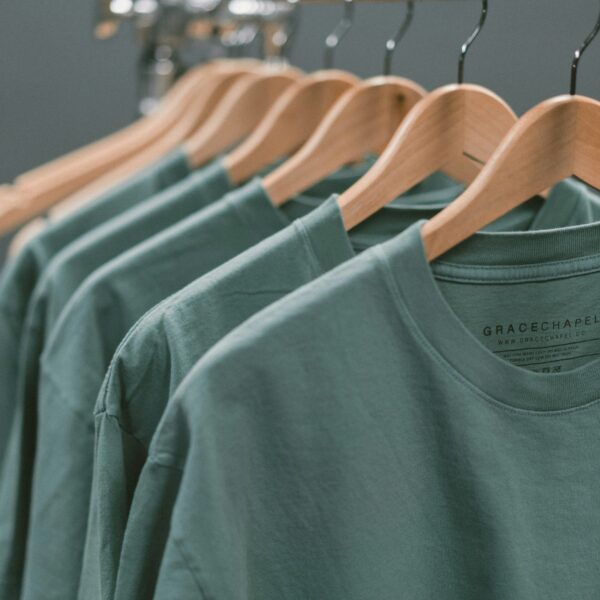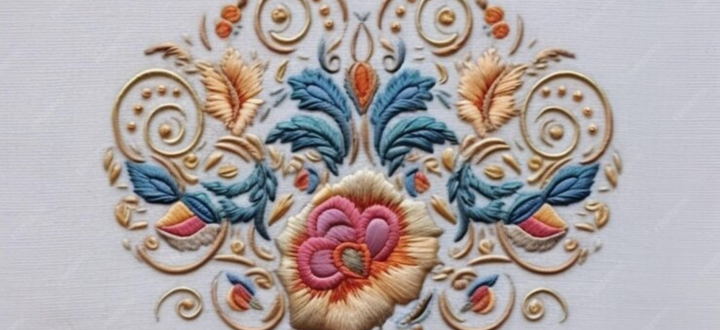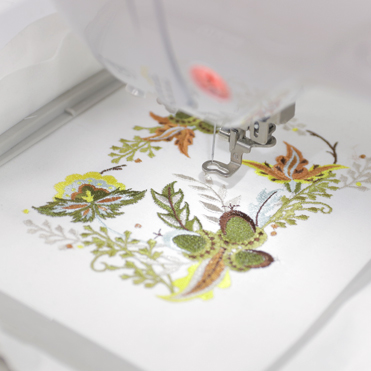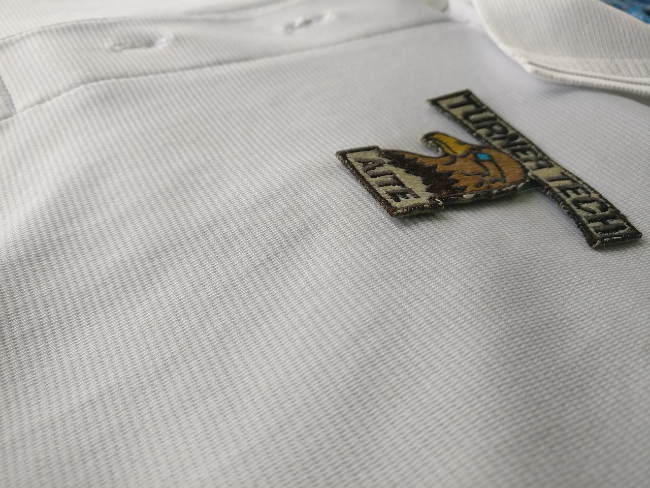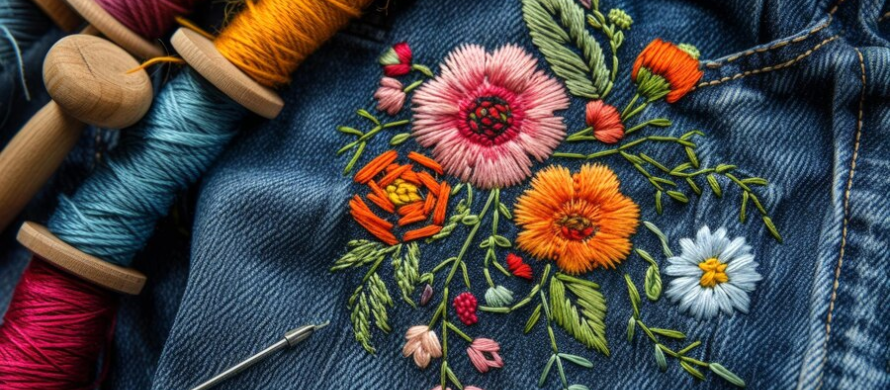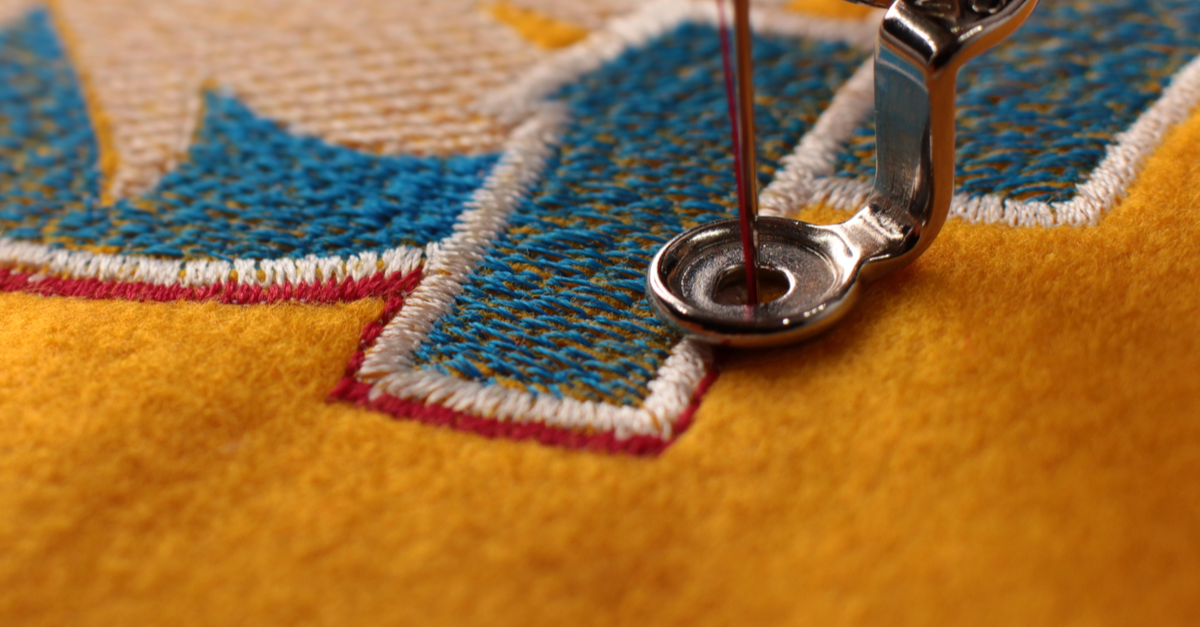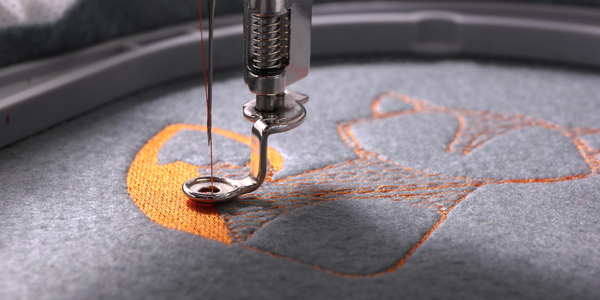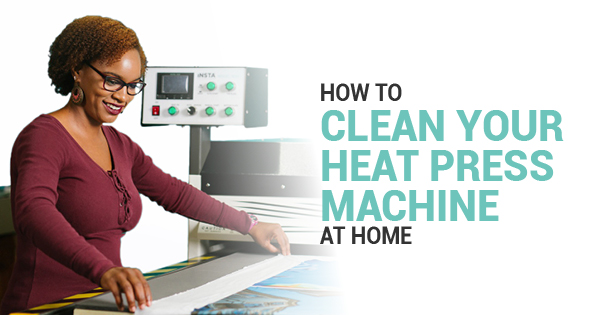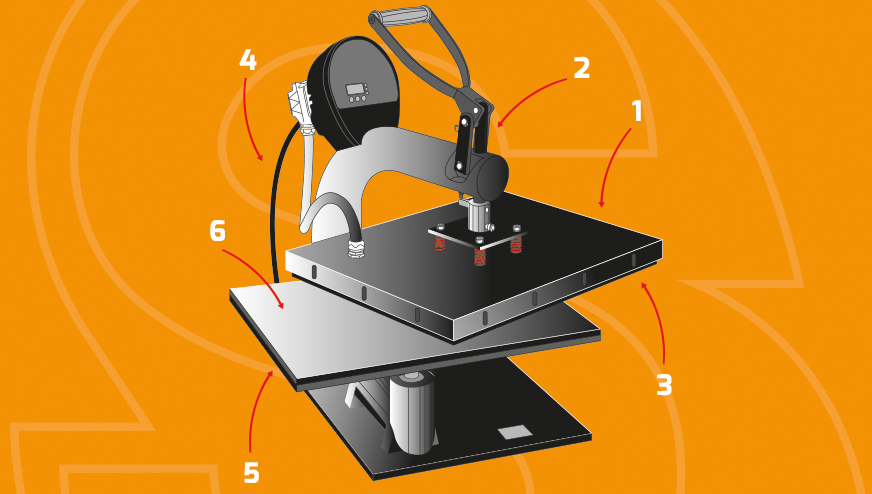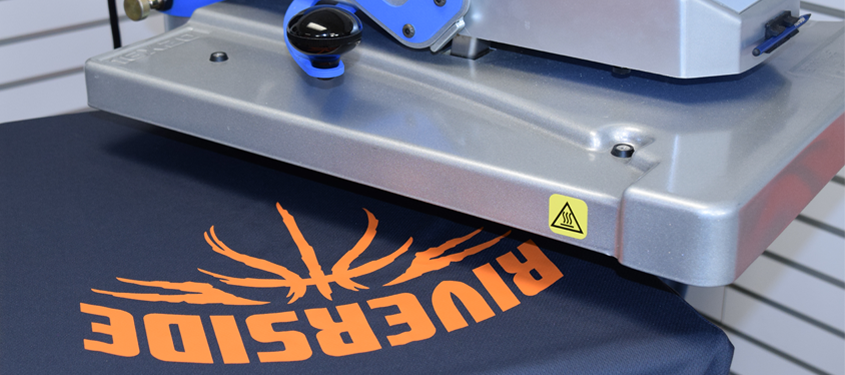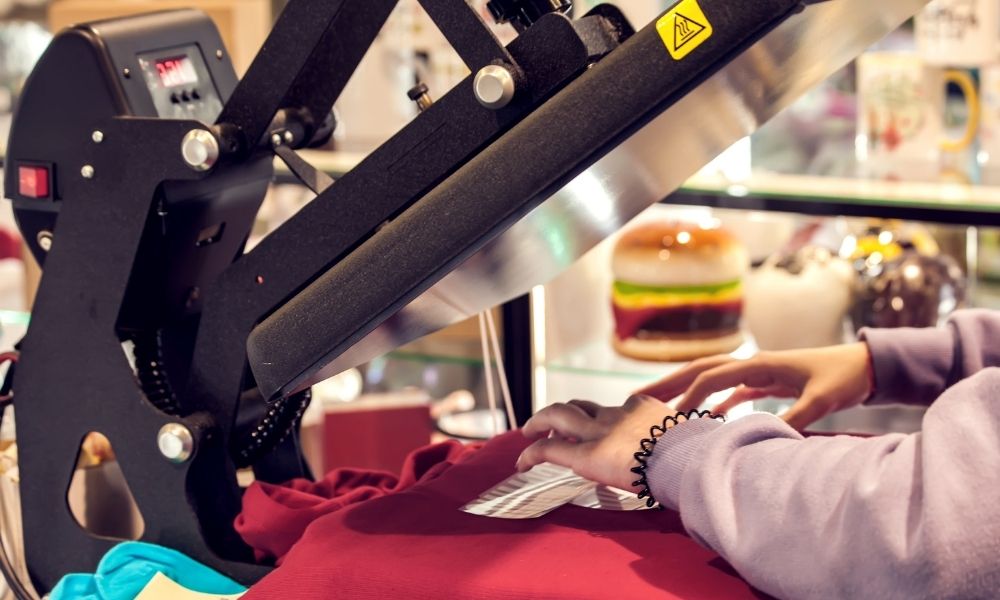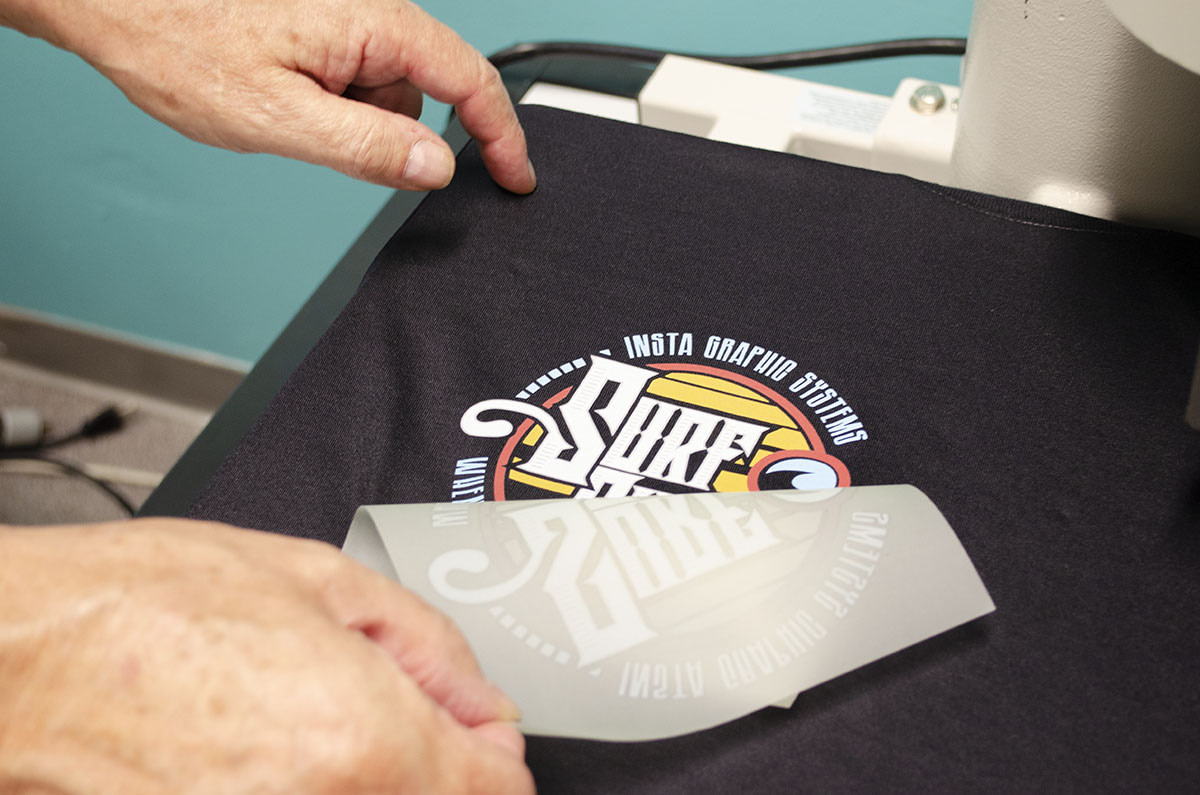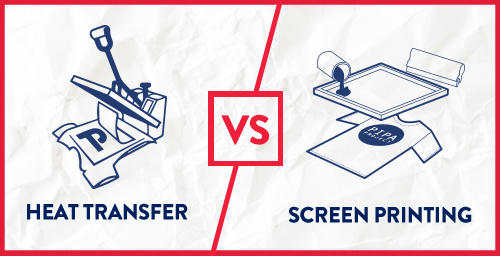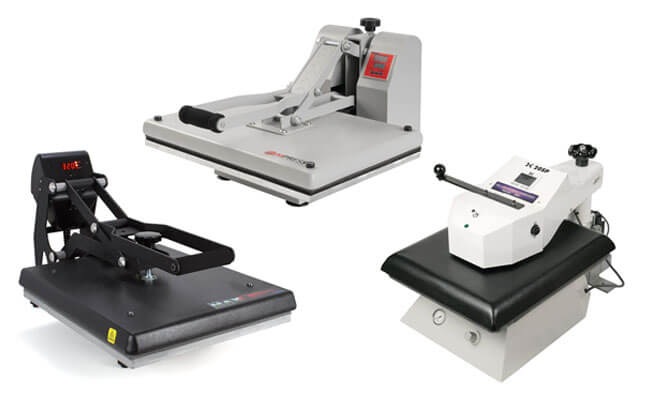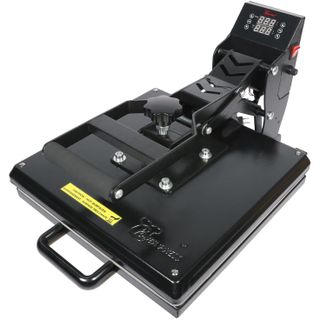The Art of Sports Gear Embroidery
Sports gear embroidery is more than just a way to brand apparel—it’s a sophisticated art form that combines creativity, precision, and technology. From enhancing team identity to adding a professional touch, embroidery plays a crucial role in sports apparel. This article delves into the art of sports gear embroidery, exploring its significance, techniques, and the design principles that make it an essential part of sports branding.
The Significance of Embroidery in Sports Gear
Embroidery is a vital element in sports gear, offering numerous benefits beyond mere decoration. Here’s why it holds such importance:
1. Enhancing Team Identity
Embroidered logos, names, and numbers on sports gear help establish and reinforce team identity. This visual representation fosters a sense of belonging and pride among players and supporters. By showcasing team colors and emblems, embroidery unites team members and creates a strong, recognizable image that resonates both on and off the field.
2. Projecting Professionalism
High-quality embroidery lends a polished, professional appearance to sports gear. Well-executed embroidery elevates the look of uniforms, making teams appear more organized and serious about their sport. This professional image can boost team confidence and create a positive impression on opponents and spectators.
3. Providing Personalization
Embroidery allows for customization, offering players personalized items such as jerseys with their names and numbers. This personal touch not only enhances player satisfaction but also makes it easier to identify team members during games and practices. Personalized gear adds a unique element to the team’s appearance and strengthens individual connections to the team.
Techniques in Sports Gear Embroidery
The art of embroidery involves various techniques that contribute to the final appearance and durability of the gear. Here are some key techniques used in sports gear embroidery:
1. Standard Flat Embroidery
Standard flat embroidery is the most common technique, where threads are stitched directly onto the fabric in a flat, two-dimensional design. This method is ideal for simple logos and text, providing a clean and professional look. It’s commonly used for team names, numbers, and small logos.
2. 3D Puff Embroidery
3D puff embroidery adds depth and dimension to designs by using a foam material beneath the thread. This technique creates a raised, three-dimensional effect that makes logos and text stand out. It’s particularly effective for creating eye-catching designs and is popular for team emblems and brand names.
3. Digital Embroidery
Digital embroidery involves using computerized machines to stitch intricate designs with precision. This method allows for complex patterns and detailed imagery, making it suitable for advanced designs that require high accuracy. Digital embroidery is ideal for incorporating multiple colors and fine details into sports gear.
4. Appliqué Embroidery
Appliqué embroidery involves stitching a fabric piece onto the base garment, then embroidering around the edges to secure it in place. This technique is used to add large, detailed designs or logos to sports gear. It’s effective for creating standout features and adding texture to the apparel.
Design Principles for Effective Sports Gear Embroidery
Creating impactful sports gear embroidery requires careful consideration of design principles. Here are some key factors to ensure your embroidery is both effective and visually appealing:
1. Simplicity and Clarity
Effective embroidery designs should be simple and clear. Avoid overly complex patterns that may not translate well into embroidery. A clean design with bold lines and distinct shapes ensures that the embroidery remains legible and impactful on sports gear.
2. Color Coordination
Choose colors that complement the team’s existing palette and ensure good contrast between the thread and fabric. Proper color coordination enhances the visibility of the embroidery and ensures that the design stands out. Consider using team colors prominently to reinforce the team’s identity.
3. Placement and Sizing
Strategic placement and sizing of embroidery are crucial for maximizing its impact. Position logos and text where they are most visible and avoid overcrowding the design. Ensure that the size of the embroidery is proportionate to the garment and fits well within the designated area.
4. Quality of Materials
The quality of both the thread and the fabric affects the final result of the embroidery. Use high-quality, durable threads that resist fading and fraying. Select fabrics that can withstand the embroidery process and maintain their appearance over time. Investing in quality materials ensures that the embroidery looks professional and lasts longer.
Choosing the Right Embroidery Service
Selecting the right embroidery service is crucial for achieving the desired results. Consider the following factors when choosing a provider:
1. Experience and Expertise
Look for embroidery services with experience in creating sports gear. An experienced provider will have a good understanding of the unique requirements and challenges of sports apparel embroidery. Review their portfolio to assess their expertise and the quality of their work.
2. Technology and Equipment
Ensure that the embroidery service uses up-to-date technology and equipment. Advanced machines and software contribute to higher precision and better results. A provider with modern equipment can handle complex designs and deliver high-quality embroidery.
3. Customer Service and Support
Choose a service that offers excellent customer support. Clear communication, responsiveness, and a willingness to address any concerns are important for a smooth embroidery process. A good provider will work with you to ensure that the final product meets your expectations.
Conclusion
The art of sports gear embroidery combines creativity, technique, and precision to create apparel that enhances team identity and professionalism. By understanding the significance of embroidery, mastering key techniques, and adhering to effective design principles, teams can achieve striking and functional gear. Selecting the right embroidery service ensures that the final product is of the highest quality. Whether you’re outfitting a professional team or a local sports club, embracing the art of embroidery can elevate your sports gear and foster a strong sense of unity and pride.
